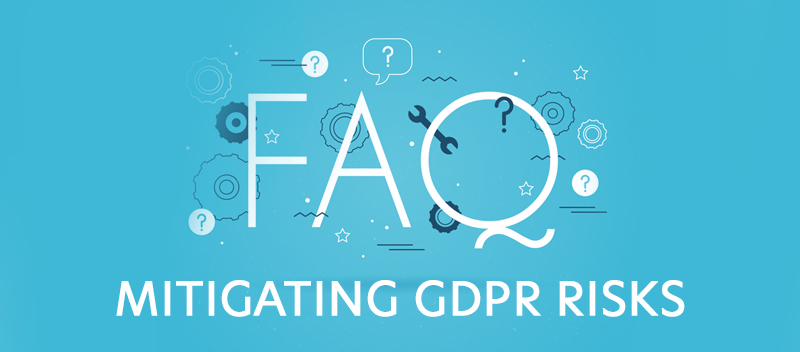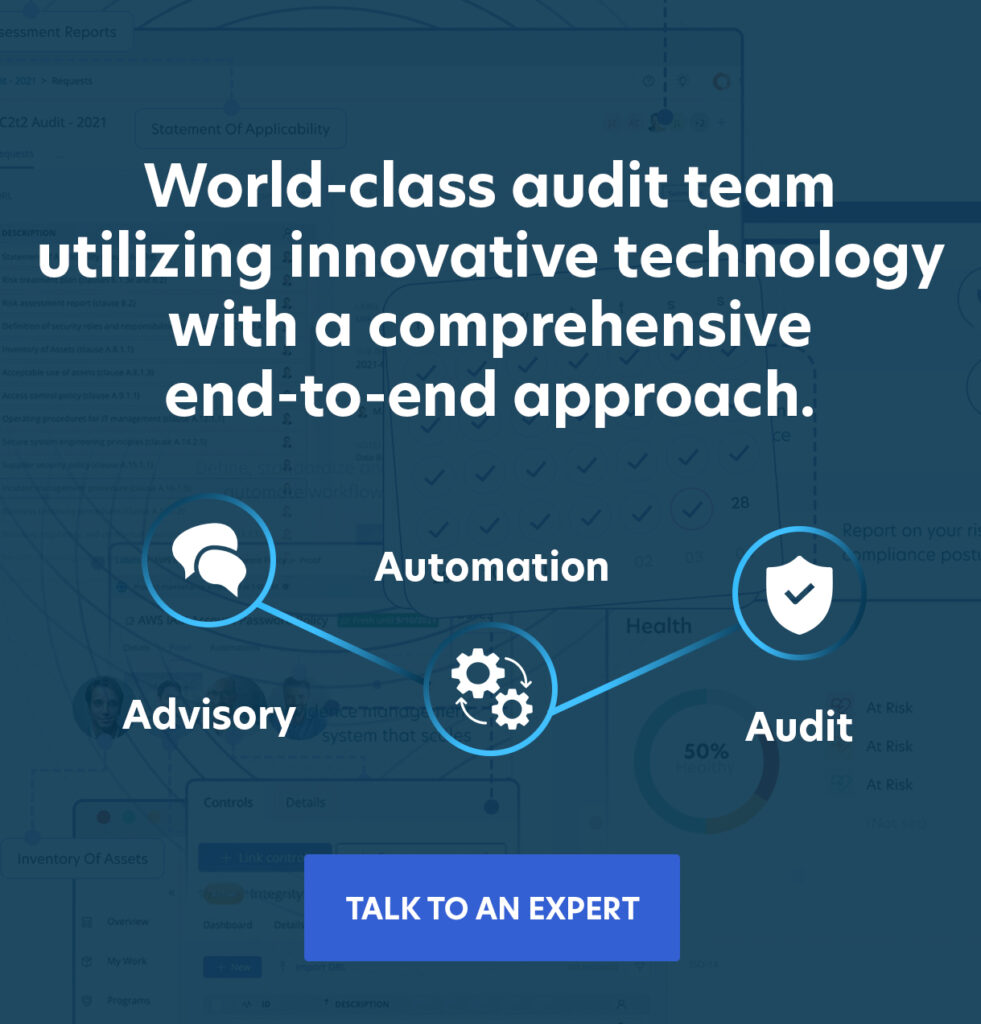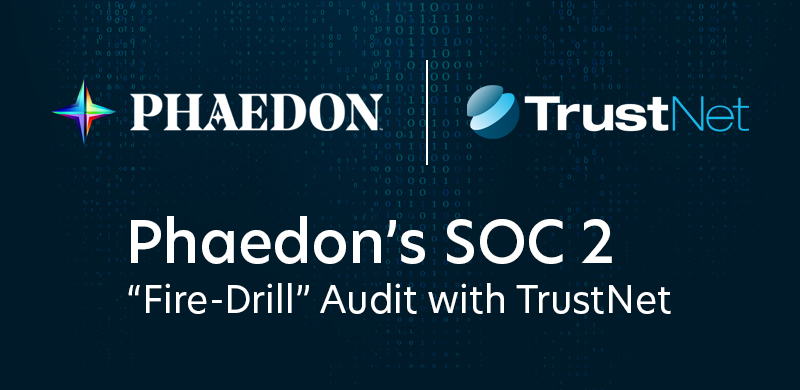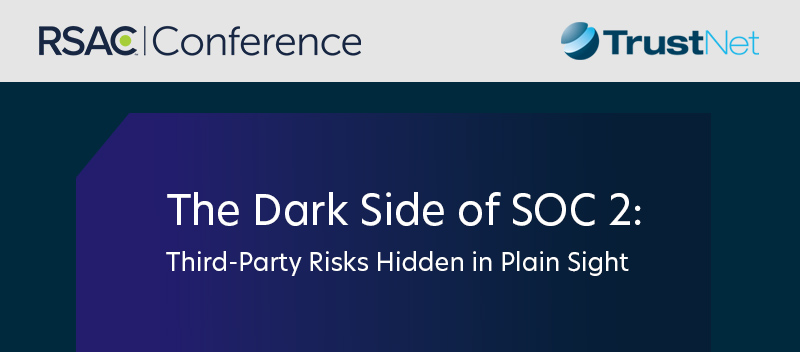Mitigating GDPR Risks | FAQs

1. What is GDPR, and why is it significant for organizations processing EU personal data?
The General Data Protection Regulation (GDPR) protects the personal data of EU citizens. If your organization is handling this kind of data, GDPR sets strict rules on how you gather, use, and store it. By following the regulations, you not only save yourself from paying heavy fines but also demonstrate to your clients how much you value their privacy. It’s a win for trust and reputation in today’s data-driven world.
2. Why is conducting a thorough GDPR risk assessment important for organizations?
Conducting a GDPR risk assessment helps you uncover where your data handling could be at risk. By pinpointing these areas, you can shore up defenses, ensuring you meet GDPR standards. This proactive step isn’t just about dodging penalties; it’s about building a fortress of trust with your clients.
3. What are the key GDPR risks that organizations need to be aware of?
Key GDPR risks include data breaches, unauthorized access to personal data, and insufficient data protection measures. Organizations must also be aware of the risk of non-compliance due to inadequate documentation, lack of data processing transparency, and improper data handling practices. Additionally, the involvement of third-party vendors can introduce risks if they do not adhere to GDPR standards.
4. What are the potential consequences of non-compliance with GDPR regulations?
Failure to adhere to GDPR regulations may incur significant fines, set at a maximum of 20 million euros or 4% of total global revenue within the year, whichever sum is higher. Furthermore, in addition to the monetary costs incurred by the organization, it may encounter reputational damage in the eyes of the public, which will lead to a loss of customer trust and even business opportunities.
5. What are the steps involved in conducting a comprehensive GDPR risk assessment?
Tackling a GDPR risk assessment might seem daunting, but breaking it down into steps makes it manageable:
-
- Data Mapping and Inventory: Identify all the personal data you handle.
- Risk Identification: Look for potential vulnerabilities, including those from third parties.
- Risk Analysis and Prioritization: Gauge the impact of these risks and prioritize them.
- Implement Mitigation Measures: Strengthen security and refine your data processes.
- Monitoring and Review: Keep an eye on your measures, updating them as needed.
6. How can organizations identify and prioritize GDPR-related risks effectively?
Start with a thorough audit of the personal data your organization handles. Understand its origin, processing methods, and destinations. Once you’ve mapped out your data flow, apply a risk assessment matrix to evaluate potential threats based on likelihood and impact. Focus primarily on areas with the highest risks. Prioritizing these risks helps you allocate resources effectively, ensuring a proactive rather than a reactive approach.
7. Why is data mapping and inventory crucial in GDPR compliance?
Think of data mapping and inventory as the foundation of GDPR compliance. They allow you to:
-
- Trace Every Data Point: Know exactly what data you hold, where it’s stored, and its usage throughout its lifecycle.
- Build Client Trust: Transparency in your data handling processes enhances trust with clients.
With a comprehensive view of your data landscape, you’re better equipped to defend against breaches and misuse.
8. What should organizations consider regarding their data processing activities?
First, ensure a lawful basis for processing personal data. Communicate transparently with individuals about why and how their data is being used. It is essential to carry out regular updates and reviews on your activities in processing personal data. Keeping detailed records of these activities also builds accountability.
9. How can organizations ensure their data security measures meet GDPR standards?
Achieving GDPR standards in data security involves a multifaceted approach:
-
- Implement technical measures like encryption and pseudonymization.
- Keep your software and security protocols updated to counter new threats.
- Train your employees thoroughly so they understand data protection policies and recognize potential breaches.
10. What role do third-party relationships play in GDPR compliance?
Third-party relationships can introduce additional risks to your GDPR compliance. It’s essential to:
-
- Conduct thorough due diligence to ensure all third parties are GDPR-compliant.
- Draft clear contracts that outline responsibilities and expectations.
- Regularly review these agreements to maintain compliance.
11. How important is employee training and awareness in managing GDPR risks?
Employee training and awareness are crucial components in managing GDPR risks. Regular training sessions help to guarantee that everyone is aware of the GDPR’s significance and their part in ensuring compliance. This entails spotting possible data breaches, comprehending data security guidelines, and implementing best practices in regular business operations. When your employees are informed and vigilant, the likelihood of unintentional data mishandling diminishes significantly.
12. What are some effective strategies for mitigating GDPR risks?
Mitigating GDPR risks involves a well-structured approach:
- Conduct Regular Audits: Regularly audit your data processing activities to identify and address vulnerabilities.
- Implement Strong Access Controls: Limit data access to only those who need it to perform their duties.
- Data Encryption: Use encryption techniques to protect sensitive information both in transit and at rest.
- Develop a Response Plan: Have a clear incident response plan to manage data breaches swiftly and effectively.
13. Can you provide examples of best practices and solutions for GDPR compliance?
Here’s how you can tackle GDPR compliance effectively:
-
- Maintain a Data Inventory: Keep a comprehensive record of the data you process. This helps in understanding what data you hold and how it’s used.
- Conduct Privacy Impact Assessments: Evaluate new projects to identify potential privacy risks and address them proactively.
- Stay Informed: Regularly update your processes with the latest regulatory changes to ensure ongoing compliance.
- Data Anonymization and Pseudonymization: Use these techniques to enhance privacy protection, minimizing the risk of data breaches.
- Appoint a Data Protection Officer (DPO): Having a dedicated DPO provides expert oversight and guidance in managing GDPR compliance.
14. What tools and resources are available to assist with GDPR risk assessments?
To effectively conduct GDPR risk assessments, consider using these tools and resources:
-
- Data Mapping Software: Visualize and track your data flows to understand how information moves through your organization.
- Risk Assessment Tools: Utilize frameworks that help evaluate and prioritize potential threats, ensuring you focus on the most critical areas.
- Compliance Management Platforms: Manage and monitor your GDPR-related activities through centralized dashboards, making compliance more manageable.
- Online Resources: Stay informed with webinars, e-learning courses, and industry publications that offer insights into best practices and emerging trends.
- Expert Consultation: Partner with GDPR specialists for tailored advice and support to enhance your compliance strategy.
15. Which reputable providers offer compliance solutions for GDPR?
TrustNet excels in providing GDPR compliance solutions. Here’s why you should consider us:
-
- Comprehensive Services: We offer a full range of services, from data inventory management to breach response planning.
- User-Friendly Platform: Our interface is designed for easy navigation, allowing you to manage your compliance activities effortlessly.
- Expert Support: Our dedicated team is always on hand to provide guidance and ensure your organization remains compliant.
- Tailored Solutions: We customize our services to fit your specific needs, ensuring robust and up-to-date protection measures.
- Peace of Mind: With TrustNet, you can confidently safeguard your data and maintain compliance.
16. Why is ongoing risk assessment and mitigation important in maintaining GDPR compliance?
As the data landscape and regulations change over time, it is inherent for any organization to continuously assess risks to adhere to the requirements of GDPR. Proactive risk management allows you to spot vulnerabilities early, ensuring that your data protection measures remain strong and effective.
Secure your business with TrustNet’s top-tier compliance services.
Talk to an expert today.
Subscribe to the TrustNet Newsletter
actionable cybersecurity strategies, and TrustNet’s cutting-edge solutions.




